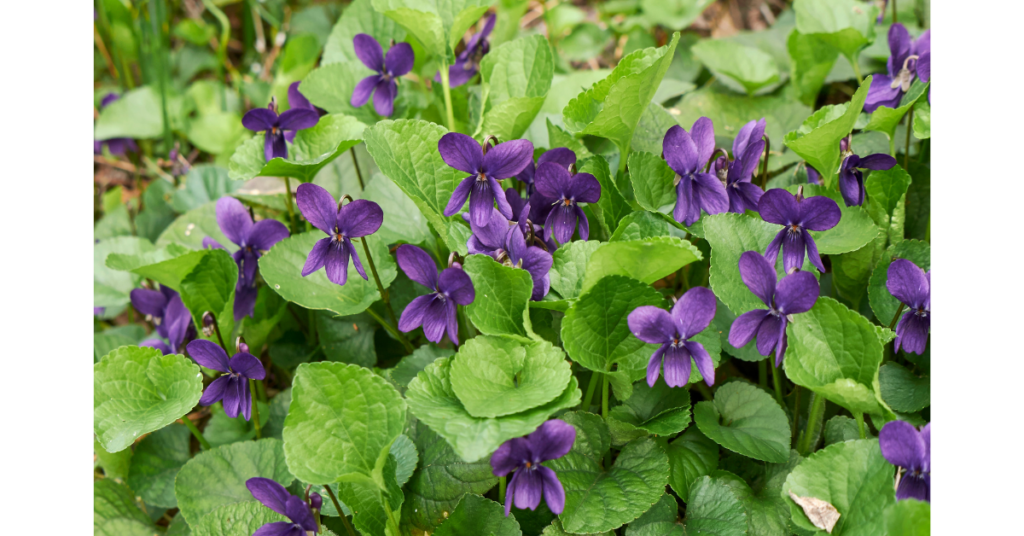Violet (Viola odorata)
Violet can be administered as an ingredient in an ointment, an infusion, or in a poultice. Due to its calming ‘cooling’ effect, violet poultices have long been used to sooth ‘hot’ hangovers.
At least since the 1950’s, violet leaves have been used to treat early stages of cancer.
Other names: Blue violet, sweet violet, sweet-scented violet.
Description and the places it grows in
Native to the UK, and found all over Europe, north Asia, and north America.
Parts used
Dried flowers and leaves, whole plant when fresh.
Uses
Anxiety / insomnia: Violet flowers are slightly sedative; violets are usually taken in a syrup, and it is an ideal remedy for children to take.
Mouth and throat: Ideal for sore throat and sore gums. Use a mouthwash or gargle.
Respiratory problems: Coughs respond well to a remedy made from the flowers. The active ingredients saporin and mucilage are both soothing and expectorant.
Urinary: The seeds have diuretic properties.
Other uses: Headache, if the head is hot; cooling violets used in a poultice are said to do the trick.
Constituents
Saponins, methyl salicylate, alkaloid, volatile oil, flavonoids.
Contraindications
None known.


